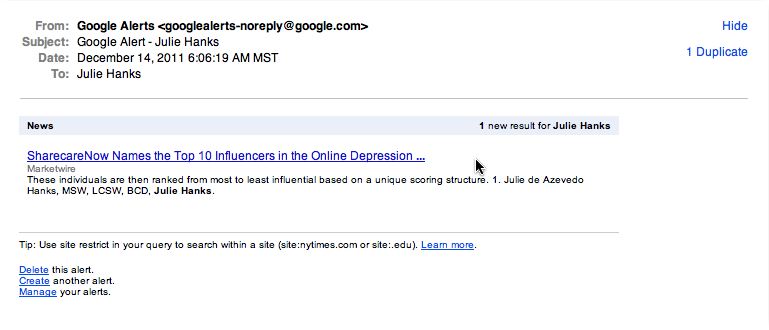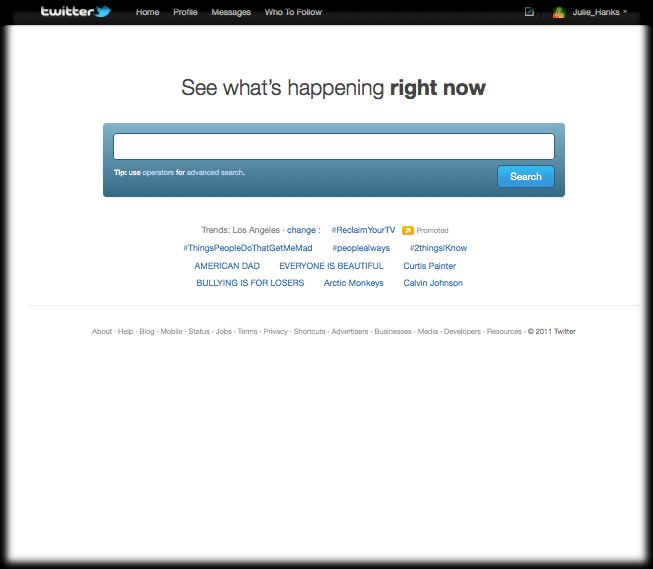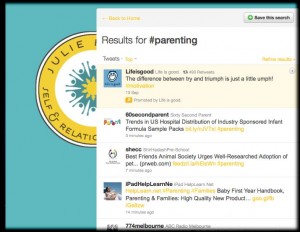 Ending sessions on time or charging more for extended sessions not only models good boundaries, it's good for your business.
Ending sessions on time or charging more for extended sessions not only models good boundaries, it's good for your business.
What's the big deal about giving a few extra minutes to your clients? After all, we are in this field to help others and we are generous souls by nature, right? Yes, we are. However, an on-going pattern of giving away a few minutes each session adds up over a year's time.
Let's say you see 10 clients for 50 minute sessions per week= 500 minutes. If you go over 10 minutes with each client you're doing 600 minutes of therapy and only being paid for 500 minutes. That means you're giving away 100 minutes of therapy every week. After one year of giving away 100 minutes every week you are giving away 5200 minutes of free therapy. 5200 minutes is the equivalent of 104 free 50 minute sessions every year. If you charge $115 per session your practice is giving away $11, 960 of free therapy a year!
In addition to thousands of dollars of lost income, therapists who have a habit of giving away their time carry the stress of running late for other sessions, not taking adequate time for self-care, and falling behind on clinical notes and other administrative tasks. These chronic patterns may ironically lead to you being a less effective therapist with a less successful practice.
Now, just to be clear, I am all for pro bono work. The problem with this kind of "pro bono" work is that therapists don't realize they're giving it away and clients often don't realize they are being given a gift of therapist's time. Clients may come to expect 60-minute sessions because therapists have taught them that this is the norm and may then feel ripped-off when their therapist decides to start setting firmer boundaries.
Setting firm boundaries with session ending times, and charging for additional time allows you to consciously take on pro-bono clients, because you have more time, energy, and resources to offer free services. If you struggle to end sessions on time, here are a few suggestions to help you.
Suggestions for setting boundaries with session length:
- Set the expectations from the very first session. It's a lot easier to set the norm of ending sessions on time, than to bring it up later in the course of therapy.
- Keep your agreement. In your initial consent for treatment paperwork be explicit about how you will handle longer sessions. Let the client know that if they need more time they will have to pay more. If I am in a session and it seems like the client would like to go longer, and I have the flexibility of giving additional time, I might say something like, "Our session is just about over. It seems there's more here to work on. I have an additional 15 available today, would you like to keep going with session even if it adds additional cost?" Since I charge $150 per 45-50min session. If a session goes 15 minutes over I charge an additional 1/3 of the session fee.
- Recommend scheduling longer or more frequent sessions. For clients who seem to have difficulty processing their issues and containing their affect in a 45-50 minute session, schedule longer sessions (75 or 100 minute sessions), or offer to see them an additional session per week.
- Start wrapping up 10-15 minutes before end of session. Give them explicit verbal cues like, "We have about 15 minutes left in the session. Let me tell you what I've heard today..." Physical cues like sitting up straight in your chair or standing up when the session is over may help you send a congruent message that the session is over.
Eric Gjerde via Compfight

 As a recent private practice consultation group that I was leading came to an end, we took a few minutes to celebrate the growth and successes of each group member. I asked what each group would take away from their consultation group. One therapist turned to me and said, "Thank you for giving me the permission to succeed."
As a recent private practice consultation group that I was leading came to an end, we took a few minutes to celebrate the growth and successes of each group member. I asked what each group would take away from their consultation group. One therapist turned to me and said, "Thank you for giving me the permission to succeed." Do you know who's talking about you and your practice on the web? If not, you should. My favorite way to to track who's talking is through
Do you know who's talking about you and your practice on the web? If not, you should. My favorite way to to track who's talking is through  So take a few minutes today to set up Google Alert. You might be pleasantly surprised at what you find. Please post links to what you find below! I'd love to see where other private practitioners are popping up on the web.
So take a few minutes today to set up Google Alert. You might be pleasantly surprised at what you find. Please post links to what you find below! I'd love to see where other private practitioners are popping up on the web. What is Twitter?
What is Twitter?




As healers, we genuinely like to do our work. Guiding clients through the therapy process and seeing them make progress is why we do what we do. But if you're in private practice, you know there's a lot going on in the back end and that it's crucial to run an efficient and organized business.